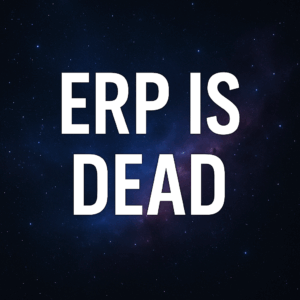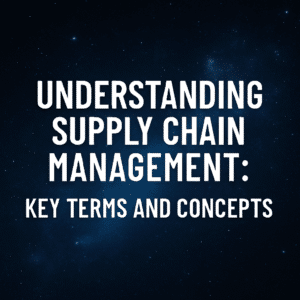Table of Contents
ToggleBy Sam Graham
Companies tend to fall into two extremes in their digital transformations: there are those who expect far too much from their transformations, and then there are those that expect far too little.
There are also those that fall somewhere in between, but it helps to look at both extremes for illustrative purposes. It is not about software systems per se; but about what companies should be expecting and demanding from their software systems and, specifically about understanding ‘the art of the possible.’
One extreme of digital transformation: those that expect too much
The first type of company has watched too many episodes of Star Trek; specifically, the ones where Captain Kirk talks to the computer. I think we can imagine the scene: “Computer; tell me how to increase sales, reduce costs, maximize profitability etc.” Realistic? Well, we probably need to dream in order to make advances, but we also need to differentiate between what will be possible in the future and what is possible now.
This type of company knows all the new buzzwords. They want a system that gives them Big Data, Artificial Intelligence, Blockchain etc, and they are confident that all of these are now available for them in the cloud. They may well be right, but problems arise when companies identify the tools they want to use before they identify what they want to use those tools for.
That leads them to buy big, expensive systems in the belief that such systems can do everything: a view not shared by organizations such as the ERP failure at Lidl and National Grid’s SAP failure. Both organizations learned the hard way that spending a lot of money on expensive systems doesn’t guarantee success.
The other extreme of digital transformation: those that expect too little
At the other end of the spectrum are companies that appear happy to limit their ambitions to computerizing their quill pens. By and large, they are happy with their existing system because over the years they have adapted to its short-comings, and the workarounds that they were compelled to develop now seem so natural that those same workarounds are ‘must haves’ when looking for replacement systems.
Indeed, they only look at new systems when continuing with their current system becomes impossible: generally, for technical reasons such as an inability to cope with a growing number of transactions and records as the company itself grows. Or, they may do so because the system is becoming unsupportable since it is based on obsolete technology, or because the original authors have gone out of business.
Offered new options, their responses range from, “but we’ve always done it this way” through to, “but we’re different”, and they will go to great lengths (and expense) to ensure that they replace systems on an as-is basis. They could, in fact, have been in Henry Ford’s mind when he said, “If I had asked my customers what they wanted, they would have said faster horses.” This is where ERP organizational change management becomes so important.
In fairness, some companies have adopted a policy of continuous improvement and, excellent though that is, it can sometimes induce a mindset that looks for evolution rather than revolution. In doing so, these organizations make a leap to a new system and new ways of working, very difficult.
Quantum-lead digital transformation vs. more traditional ERP implementation
Clearly the two types of company discussed here are extremes but even the midpoint on the spectrum can be a gray area and the best of companies can, intentionally or not, on occasion drift towards one or the other. When debating what they expect of a new system, they will have access to a number of sources of information and advice. It is important to understand where you fall in the spectrum of true digital transformation vs. traditional ERP implementation.
They may have new recruits who have recent experience of implementing and using ERP systems. Although their contribution may be limited if they only have experience of one system and one way of working, they will have access to consultants employed by prospective system providers (although their advice will be influenced by the capabilities of their own systems). Most importantly, they have access, if they want it, to unbiased advice from independent ERP consultants and digital transformation experts.
The solution: ask for help with your digital transformation and the art of the possible
Taking such advice will not be mandatory, but just listening to it before making decisions gives companies several valuable advantages. Firstly, talking to someone who has walked the path before (preferably many times) will help ensure that they don’t walk into swamps or minefields.
Secondly, it can give them a different perspective on their problems and possible solutions. We can all learn from mistakes, but it is always preferable to learn from other people’s mistakes! And thirdly, companies can bounce their ideas and plans off someone who knows what can and can’t be done: someone who has nothing to gain by either limiting their imagination or by encouraging unrealistic expectations.
Someone, in fact, who understands the art of the possible.





